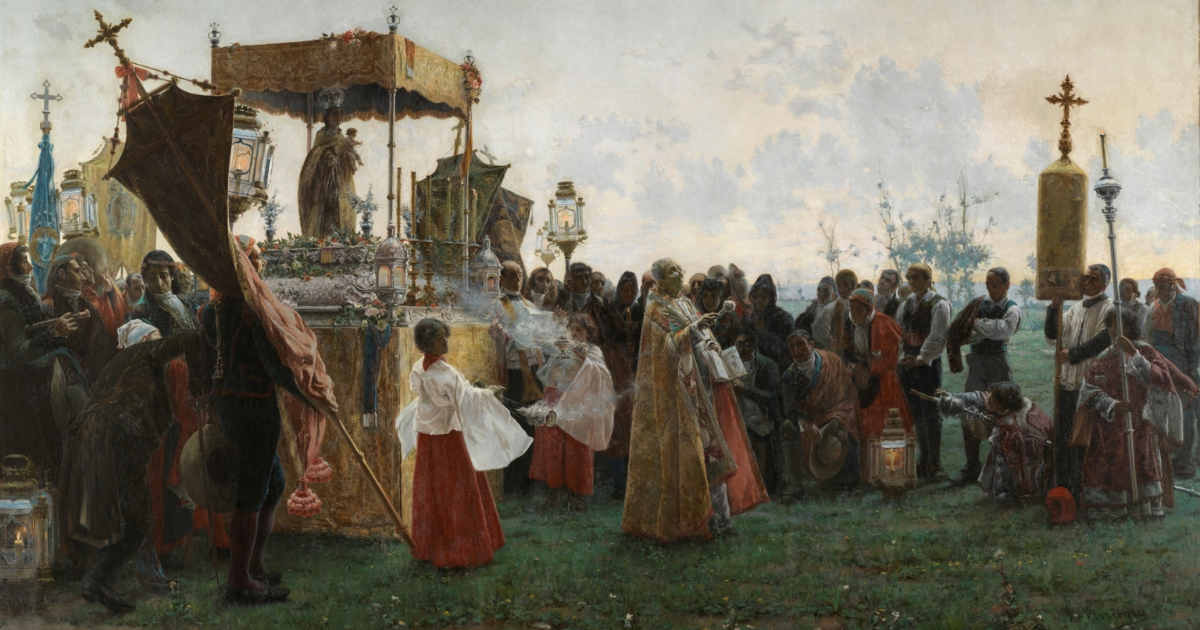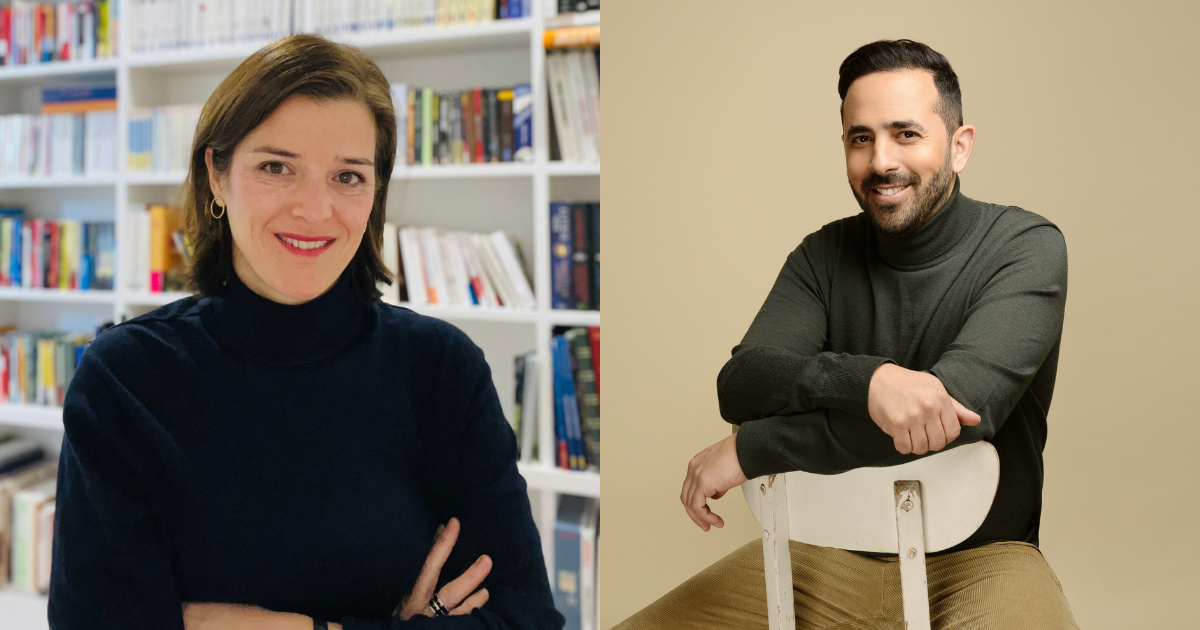Cette publication est également disponible en :
Français
How do the different players contribute to the creation, publication and evolution of the press kit, a tool of the trade that conditions the discourse of journalists and, in turn, the image of perfumery? To complete our series “Reinventing perfumery discourse”, we offer you an article originally published in Nez, the Olfactory Magazine #12.
The press kit, which presents a company, an event or a product in concise – and glowing – terms, is never seen by the public since it is solely intended for professionals. Whether it is a short paragraph or a hefty, meticulously designed 80-page booklet, it is the scentless and explanatory alter ego of fragrance, translating it into words and bolstering the brand’s image. In addition to the ubiquitous olfactory pyramid – a list of top, heart and base notes meant to represent the composition – the document also usually includes a more lyrical translation of its imaginary world and a few words from the perfumer or artistic director explaining the motivations, choices or inspirations that have guided the project. But these elements are often repetitive and overemphatic: Claims such as “a palette of exceptional natural ingredients” or the promise of “an unprecedented creation, in tune with the era at its most cutting-edge” have become tired tropes. The space allotted to perfume in the media, especially the printed press, has diminished in recent years, and the way brands communicate is conditioned by their type of organisation, as well as by economic realities.
A multi-tiered organisation
In large groups, which often own the licenses of many brands, it is the marketing department that originates fragrance projects. It studies social trends and determines those that match the brand’s identity: “For Rochas, nature was an obvious choice because of its history, embodied by Eau de Rochas; with Girl, we decided to showcase it by working on the environmental impact of the fragrance. Starting from there, we created the fragrance brief, design and merchandising”, explains Victoria Rongier, marketing director for Rochas, which belongs to the Interparfums group. When the brand is independent, structures are more flexible. For Molinard, it is Audrey Berthouin, in charge of marketing, who writes the press materials: “It is a human-scale company that allows me to work very closely with the managing director, Célia Lerouge-Bénard, who gives the creative orientations of the brand. We constantly discuss her wishes and inspirations. As an ISIPCA graduate, I have acquired olfactory, but also narrative competences in the world of perfumery.” But brands don’t usually have an in-house copywriter, or they prefer to work with a writer better suited to a specific project: “We can call on internal or external copywriters, depending on the launch”, explains Sophie Vergès, the director of Chanel’s press office. In the historic house, the press kit “is not orchestrated by marketing; it is thought out, structured and produced by the press office. And, since we have an in-house perfumer, the person who is writing the material meets with him to discuss his creation.” When a company doesn’t have an in-house press office, it can call on an external communications agency with a relevant contact portfolio and that offers a global service: “We meet the marketing team and, often, the founders of the brand, to understand their objectives, their values and to offer an adapted communication strategy”, says Julie Doyen, a press officer at Douzal, an agency specialising in all sectors of the art of living. In this case, too, copywriting is often outsourced: “In-house, we mostly write the press releases for ancillary products or collaborations. For a major launch, we prefer to work with a journalist, when the press kit hasn’t been already produced by the brand.” Understandably, brands rely on the services of specialised beauty editors to write their materials: “It is a timeconsuming exercise, which draws on imagination, pleasure, as well as an olfactory and sensorial vocabulary. There are only a handful of journalists specialised in fragrance who are used to it”, confirms Cédric Chamoulaud, the founder of the Your Story RP agency. Press officers must therefore know different writers, and select the one best suited to the project, the brand and the target public: “Of course, we choose the copywriter for the quality of their writing, but also for their sensitivity to the aesthetics of the brand, as well as their affinity with the in-house perfumer, Olivier Polge”, Sophie Vergès points out.
Freelance, but not free
However, the writer’s freedom is limited since the idea has been conceptualised upstream: “We aren’t asked how we could speak of the perfume. But we can fine-tune the message, better identify the elements to put forward; we are often the first outsider to whom the project is presented: Our viewpoint is objective”, explains a journalist who prefers to remain anonymous. The marketing service supplies all the elements of communication via a “book” and regular exchanges: “We ask the copywriter to highlight the genesis of the project, the initial idea, the olfactory description, the design, the key words and more technical elements. We produce the concepts. It is up to the copywriter to turn them into a narrative”, Victoria Rongier confirms. The description of the odour must be based on the olfactory pyramid provided by the brief – sometimes against the perfumers’ wishes: “We may realise, when we speak with them, that they don’t quite agree with the marketing team”, adds our anonymous journalist. Conditioned by upstream decisions, the writing focuses on brand identity and consumer demand rather than on the intentions of the perfumer – except in certain houses, where ideas spring from an individual inspiration. At Chanel, for instance, where each perfume is thought out like “a message from Olivier Polge”, as Sophie Vergès sums it up. At Molinard, it springs from “Célia’s inspirations, based on her love for a material or on a trip”, according to Audrey Berthouin. But when consumer expectations drive the project, discourses tend to become so similar they can’t be told apart. Yesterday, “seduction” and “sensuality” were the buzzwords. Today, brands prefer to put forward a more hedonistic, eco-responsible and inclusive vision. A downward trend in budgets has led to smaller press kits and to a reinvention of their style. It is no longer the exclusive preserve of specialists: “In the past, the sums allotted to press kits were much larger. It isn’t necessarily a bad thing because now they have become easier to understand”, says the press officer of an agency working for mainstream brands, who prefers to remain anonymous. Some poetic flourishes do, indeed, make for abstruse reading.
The choice of independence
The freedom of copywriters working for agencies is even more restricted. To keep their clients, agencies must do as they say, explains Cédric Chamoulaud, who has founded his own company: “I am much freer with my clients, especially large groups, than I was when I worked for an agency: Before, it was almost impossible to be transparent because nothing else counted except what the client wanted. Offending a brand was out of the question since you might lose it. Today, my role as a consultant also consists in confronting brands with the realities of the market and in working with them to find the best solutions to meet their expectations while following the rules imposed by press relations.” Working with smaller brands makes it easier to listen to their directors and to avoid loss of information, as their requests are filtered through the marketing team and the press office. It is easier and more relevant for the person who manages the brand’s communications to write the press materials: “I write it myself because it’s the best way to appropriate the product: To sell a fragrance intelligently, you need to know its story, its notes and its minutest olfactory subtleties”, adds Cédric Chamoulaud. What’s more, smaller brands cannot always afford an outsourced press kit, which can easily cost over 3,000 euros; it becomes more accessible when the press officer’s services are included. The outcome is also less generic: “One of my clients wanted to work with a journalist who writes for several brands, to benefit from her professional experience. But he changed his mind: The material was too impersonal; he didn’t recognise himself in it”, remembers Nathalie Garnier, the founder of the Whatever She Wants agency.
The struggle for recognition
But the journey of the press kit doesn’t end once it’s written: It must find its way into the printed press or online publications. According to our anonymous source, “journalists are far better paid for press materials than for piecework, which leads to a form of implicit gratitude for brands.” Beauty editors will more readily mention the ones they work for, especially since they know them better. As a result, copywriters prefer to stay anonymous, as Nathalie Garnier explains: “Many journalists cannot or will not say who they write for. The brand doesn’t wish to be connected to a single magazine, just as the journalist does not want to be connected to a brand – to avoid competition with other brands.” With their smaller communication budgets, independent houses are in a more precarious position: “The media is partly financed by advertisers, who pay for visibility. For smaller brands, it has become even harder to find a place in publications since the health crisis”, Julie Doyen deplores. Beyond purchasing space, advertisers tend to find their way into articles: This is what the trade calls “brand content”, i.e. content that is not explicitly advertising yet that showcases a brand, earning the consumers’ trust. According to our anonymous source, “more and more, what beauty editors do is basically communication: When they get a subject, they are also handed a list of advertisers that they must place in their article.” Unsurprisingly, a small indie brand will have fewer chances of being presented to the public.
The press officer in the arena
The launch date is getting closer: The brand has produced its fragrance and finalised its press kit; it is time for the press officer to enter the scene and foster a lasting relationship with journalists. The first step is sending the product: “This is one of the radical differences between beauty and fashion: In couture, there aren’t many available pieces, so we work from a lookbook – which is not possible for cosmetics. This represents a sizeable budget, especially for independent perfume brands”, Cédric Chamoulaud points out. For every launch, the brand must set aside several bottles for journalists but also factor in the cost of sending them, and of an event. The latter, often organised into several time slots in order to reach as many professionals as possible, can go from a simple press conference to breakfasts, snacks or cocktails, or even press jaunts including hotels, meals and travel expenses. Obviously, in that respect, brands don’t have a level playing field. But the current health crisis may have evened it out: “Today, we mostly do digital conferences, with products being sent beforehand”, Julie Doyen confirms. However, this has become more complicated since journalists often work remotely. Most brands have pushed back their launches and focused on flankers.
Digitising the experience
The health crisis has also amplified and anchored the emergence of social media. In an agency like Douzal, which employs a dozen people, two are digital specialists. Julie Doyen explains: “It will probably become necessary to hire more people dedicated to this in the coming years, especially with the emergence of social media like TikTok – even though they concern younger people, who aren’t our core target.” Aware of this new imperative, brands are changing the way they communicate, often reworking their press materials themselves: “Text is less important than images. We focus on creating a beautiful, Instagrammable event”, our anonymous press officer sums up. Because they lend themselves more readily to visual media coverage, walls of flowers tend to replace simple words. These events must also be more experiential: “We offer more playful or pedagogical activities that can interest and educate people who don’t have much of an olfactory culture.” It is a complex task, whose outcome isn’t always fruitful, since to have a true impact, influential profiles must be attracted, which requires a significant budget: “Many clients have gotten over it: It’s hard to get a post from a press lunch; to have a publication, you’ve got to pay”, Cédric Chamoulaud explains. Brands that reach out to influencers must therefore focus on quality rather than quantity, targeting real perfume lovers. Today’s press materials bear the traces of these evolving communications strategies. By preferring images to words and neglecting the explanation of perceptions, they validate the public’s scant interest in olfactory culture. But the need for brands to stand out might change the game: Offering educational content would allow them not only to make themselves better known, but also to transform the way perfume is communicated to journalists and, through them, to readers.
This article was first published in Nez, the Olfactory Magazine – #12 – Design & Perfume
Main picture: Paul Albert Baudoüin, L’Imprimerie, c. 1900
___
REPORT « REINVENTING PERFUMERY DISCOURSE »








Comments